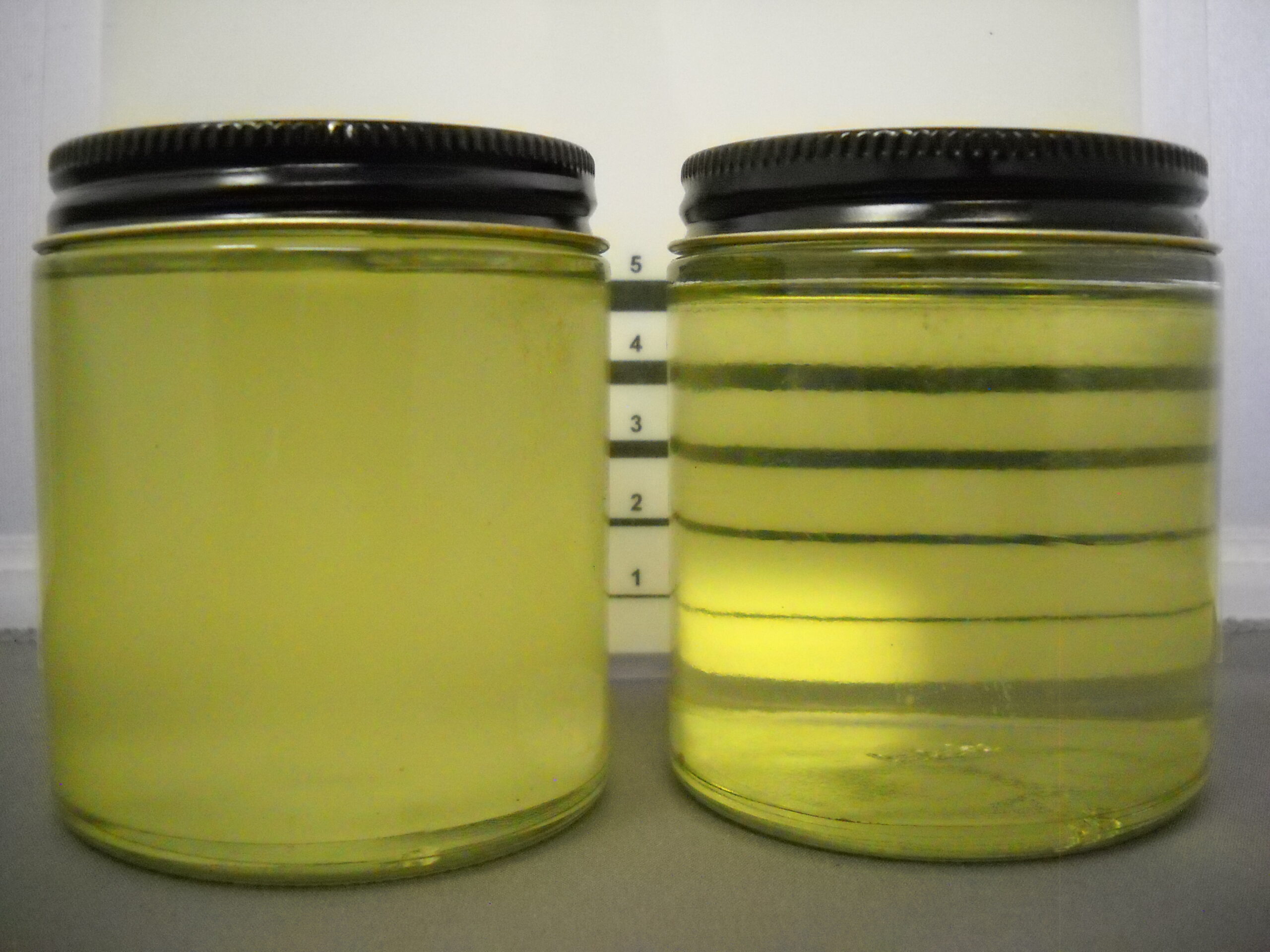- 11.11.2022
- Tank & Line Testing, Installation Testing


While ethanol-blended fuels have been around for some time, evidence gathered by Leighton O’Brien points towards a growing trend of integrity issues and loss of containment in older fibreglass resin tanks. This trend is particularly evident in single-wall fibreglass tanks that have at some stage contained ethanol-based petroleum products. Jason Park, Chief Operating Officer, explains.
Q: What is the status of ethanol fuel?
Ethanol is the most widely used biofuel in the world and more more than 64 countries have active programs promoting the use of ethanol as a mainstream fuel. Ethanol blends are a cheaper and cleaner burning fuel, making up about 24% of Australian petrol sales. The majority of Australian ethanol sales are in NSW and Queensland where the state Government mandates biofuels. The move to biofuels has meant many fuel retailers have had to convert their existing underground storage tanks to an ethanol blend, usually E10 (10% ethanol).
Q: What’s the problem and how did you become aware of it?
Our evidence was gathered through an analysis of equipment integrity test results across a broad range of tank materials, petroleum products and locations around Australia. This intelligence informs our view that single wall fibreglass tanks with an age profile of greater than 15 years and have contained E10 during their life are at a much higher risk of developing integrity issues. There is a strong bias towards water and phase separation being a significant contributing factor.
Q: What are the risks?
The data indicates a clear, increased risk of fuel leaks and environmental contamination in single wall fibreglass tanks that contain or did at some stage contain E10 ethanol as the tank age profile reaches 15 years.
It is also clear that ethanol tanks that contain or have a history of water intrusion demonstrate a significantly higher risk of developing integrity issues. It is evident the increased risk profile is due to phase separation in E10 that often results in a high concentration of pure ethanol within the tank.
Phase separation occurs in ethanol blended fuels and is usually first noticed by operators through the presence of free water in the tank. Phase separation occurs when water entering the tank, usually as a result of a minor integrity issue on the tank top, chemically bonds with the ethanol in the fuel. This concentration of water-saturated ethanol falls to the tank floor, creating a highly corrosive layer of saturated ethanol and potentially damages the tank wall. In extreme circumstances, this can lead to product leaks to the environment.
This pattern of tank wall failure is particularly evident in ageing fibreglass tanks that are constructed with older resins. Also, if water and phase separated ethanol fuel is pumped into vehicles, it can damage engine components and result in lost sales at the pump and fuel system damage. Although fuel restoration processes can remediate phase separation in ethanol based fuels, the damage to the tank construction and subsequent integrity cannot be wound back.
Q: What should fuel site operators do?
We recommend the following actions: